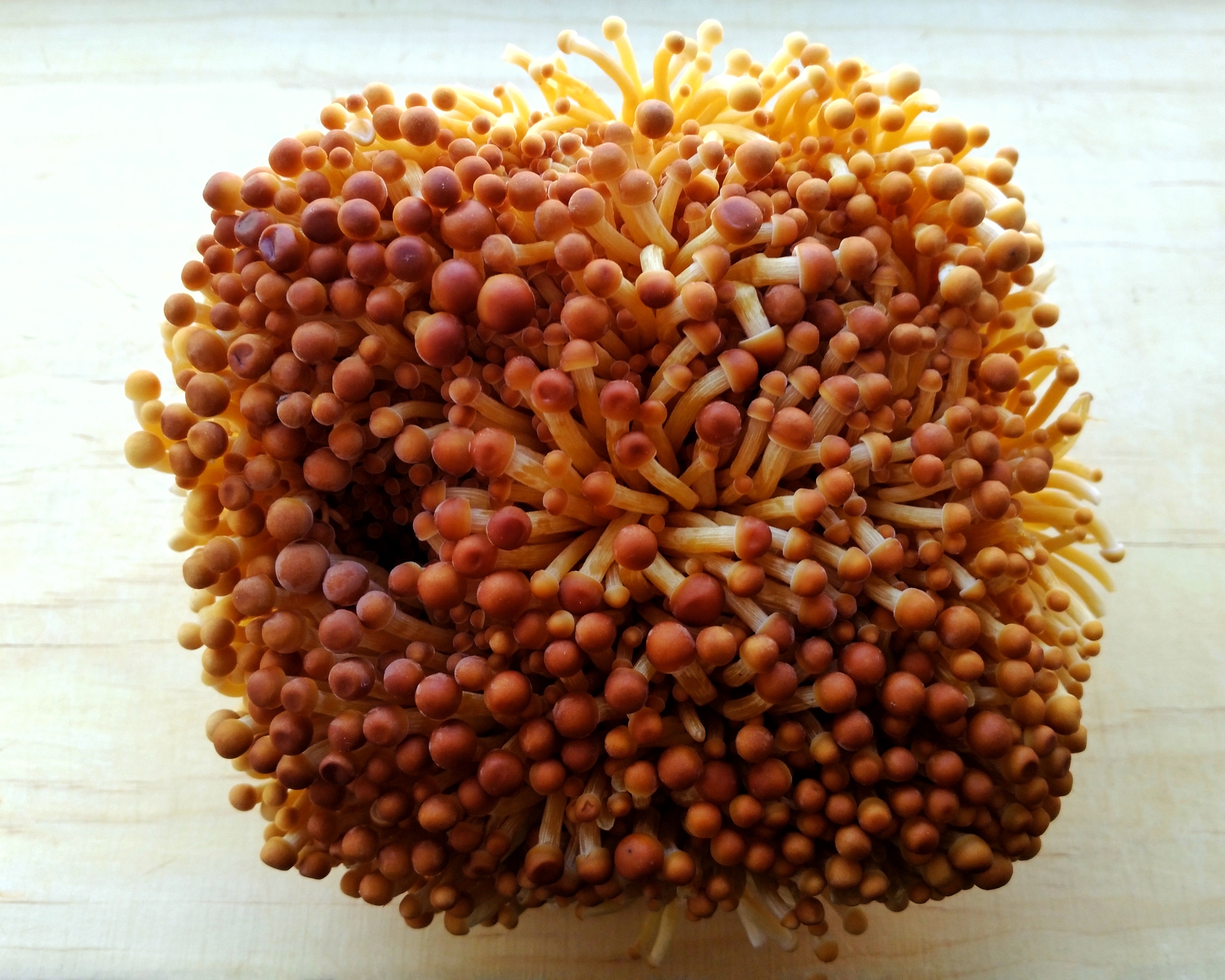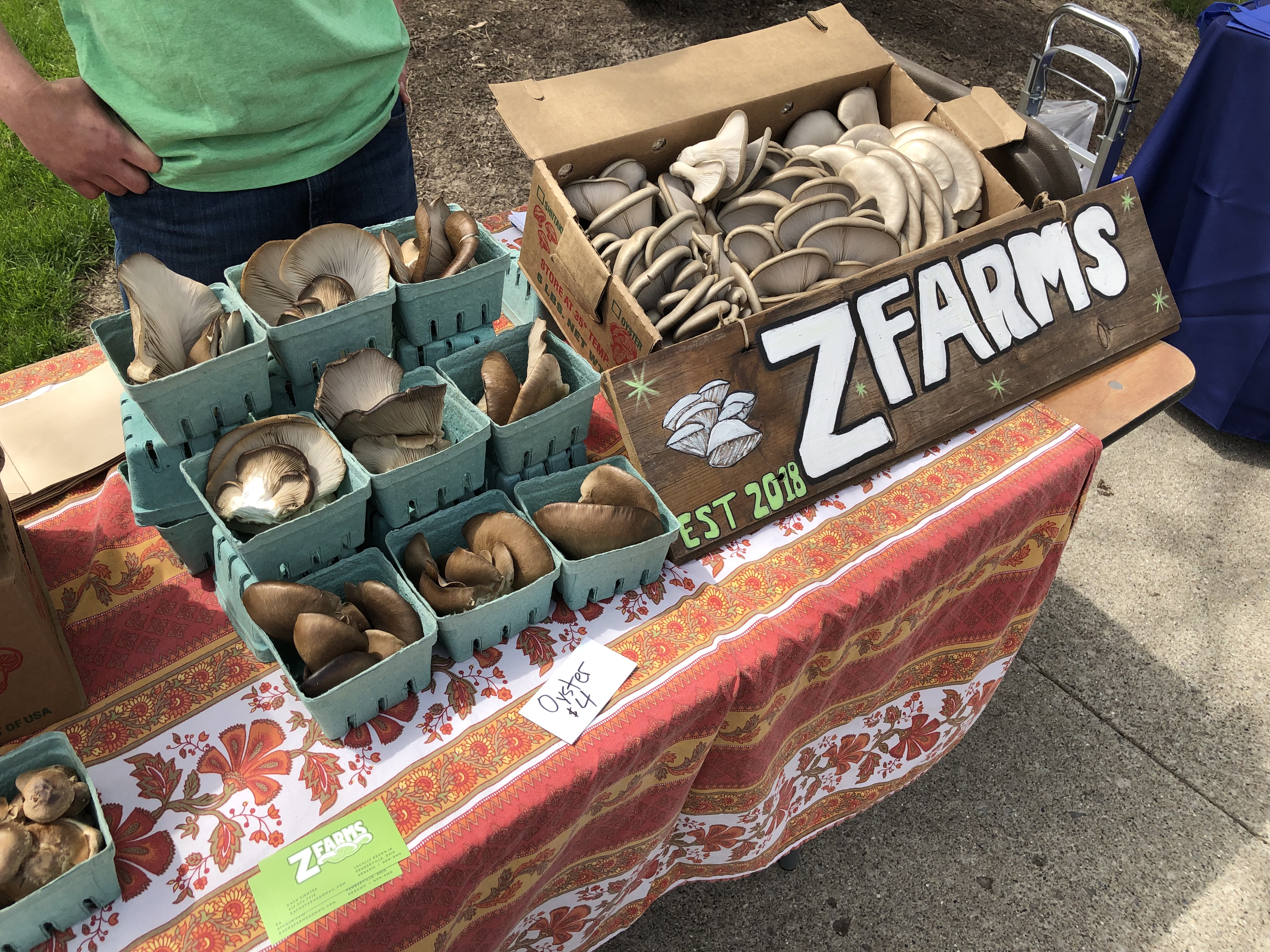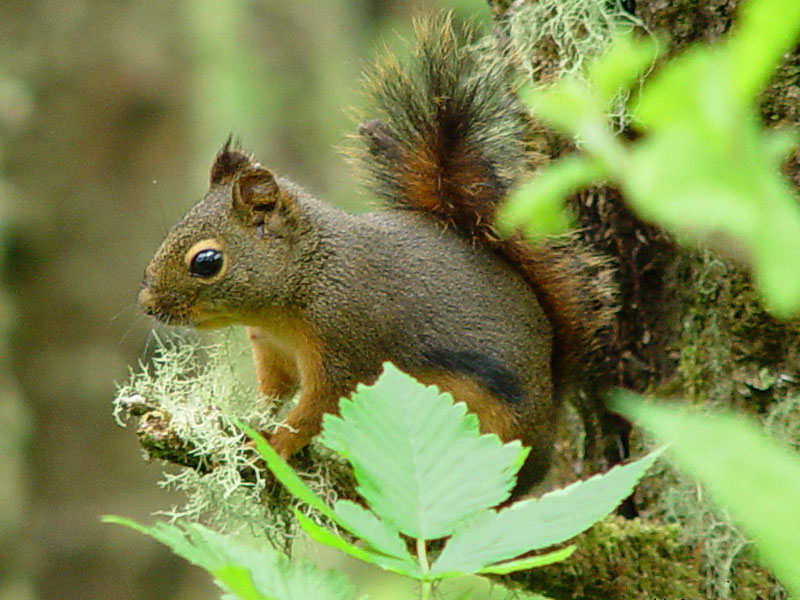|
Enoki
''Flammulina filiformis'', commonly called enoki mushroom, is a species of edible agaric (gilled mushroom) in the family Physalacriaceae. It is widely cultivated in East Asia, and well known for its role in Japanese and Chinese cuisine. Until recently, the species was considered to be conspecific with the European ''Flammulina velutipes'', but DNA sequencing has shown that the two are distinct. Etymology In Japanese, the mushroom is known as ''enoki-take'' or ''enoki-dake'', both meaning " hackberry mushroom". This is because it is often found growing at the base of hackberry (''enoki'') trees. In Mandarin Chinese, the mushroom is called ''jīnzhēngū'' ( "gold needle mushroom") or ''jīngū'' ( 金 菇 "gold mushroom"). In Korean, it is called ''paengi beoseot'' (팽이버섯) which means "mushroom planted near catalpa". In Vietnamese it is known as ''nấm kim châm''. In India it is calle''futu'' Description Basidiocarps are agaricoid and grow in clusters. Ind ... [...More Info...] [...Related Items...] OR: [Wikipedia] [Google] [Baidu] |
Edible Mushroom
Edible mushrooms are the fleshy fruit bodies of numerous species of macrofungi (fungi that bear fruiting structures large enough to be seen with the naked eye). Edibility may be defined by criteria including the absence of poisonous effects on humans and desirable taste and aroma. Mushrooms that have a particularly desirable taste are described as "''choice''". Edible mushrooms are consumed for their nutritional and culinary value. Mushrooms, especially dried shiitake, are sources of umami flavor. To ensure safety, wild mushrooms must be correctly identified before their edibility can be assumed. Deadly poisonous mushrooms that are frequently confused with edible mushrooms include several species of the genus ''Amanita'', particularly '' A. phalloides'', the death cap. Some mushrooms that are edible for most people can cause allergic reactions in others; old or improperly stored specimens can go rancid and cause food poisoning. Additionally, mushrooms can absor ... [...More Info...] [...Related Items...] OR: [Wikipedia] [Google] [Baidu] |
Flammulina Velutipes
''Flammulina velutipes'', the velvet foot, velvet stem, velvet shank or wild enoki, is a species of gilled mushroom in the family Physalacriaceae. The species occurs in Europe and North America. Taxonomy The species was originally described from England by botanist William Curtis in 1782 as ''Agaricus velutipes''. It was transferred to the genus ''Flammulina'' by Rolf Singer in 1951. Until recently, ''F. velutipes'' was considered to be conspecific with the Asian'' Flammulina filiformis, F. filiformis'', cultivated for food as "enokitake" or "golden needle mushroom", but DNA sequencing shows that the two are distinct. Description ''F. velutipes'' grows up to tall and wide. The cap is light orange, darker toward the center. The stem fades to a darker color near the base. The flesh of the cap is yellow, while that of the stem is brown. The odour and flavour are pleasant. The spore print is white. Similar species It may resemble ''Flammulina populicola, F. populicol ... [...More Info...] [...Related Items...] OR: [Wikipedia] [Google] [Baidu] |
Fungiculture
Fungiculture is the cultivation of fungi such as mushrooms. Cultivating fungi can yield foods (which include mostly mushrooms), medicine, construction materials and other products. A ''mushroom farm'' is involved in the business of growing fungi. The word is also commonly used to refer to the practice of cultivation of fungi by animals such as leafcutter ants, termites, ambrosia beetles, and marsh periwinkles. Overview As fungi, mushrooms require different conditions than plants for optimal growth. Plants develop through photosynthesis, a process that converts atmospheric carbon dioxide into carbohydrates, especially cellulose. While sunlight provides an energy source for plants, mushrooms derive all of their energy and growth materials from their growth medium, through biochemical decomposition processes. This does not mean that light is an irrelevant requirement, since some fungi use light as a signal for fruiting. However, all the materials for growth must already ... [...More Info...] [...Related Items...] OR: [Wikipedia] [Google] [Baidu] |
Agaricoid
An agaric () is a type of fungal fruiting body characterized by the presence of a pileus (cap) that is clearly differentiated from the stipe (stalk), with lamellae (gills) on the underside of the pileus. It is a type of mushroom (or toadstool), the diverse group of agarics being lumped together as gilled mushrooms. "Agaric" can also refer more generally to any basidiomycete species characterized by an agaric-type fruiting body. Etymology Originally, agaric meant 'tree-fungus' (after Latin ''agaricum''); however, that changed with the Linnaean interpretation in 1753 when Linnaeus used the generic name ''Agaricus'' for gilled mushrooms. Taxonomy Most species of agarics belong to the order Agaricales in the subphylum Agaricomycotina. The exceptions, where agarics have evolved independently, feature largely in the orders Russulales, Boletales, Hymenochaetales, and several other groups of basidiomycetes. Old systems of classification placed all agarics in the Agaricales and som ... [...More Info...] [...Related Items...] OR: [Wikipedia] [Google] [Baidu] |
Neolitsea
''Neolitsea'' is a genus of about 85 species of evergreen shrubs and small trees in the laurel family Lauraceae. They range from Indo-Malaysia to East Asia to Australia. The leaves are alternate, clustered, or verticillate, rarely subopposite. Species are dioecious, with separate male and female plants. The Australian species, of which there are three, are commonly known as bolly gums and are fairly common in the rainforests of the east. Many species of ''the genus Neolitsea'' have been analysed for essential oil An essential oil is a concentrated hydrophobic liquid containing volatile (easily evaporated at normal temperatures) chemical compounds from plants. Essential oils are also known as volatile oils, ethereal oils, aetheroleum, or simply as the ...s and their biological activity. Selected species *'' Neolitsea aciculata'' - a small tree; Japan, Taiwan *'' Neolitsea australiensis'' - Australia, Green bolly gum *'' Neolitsea cassia'' - Sri Lanka *'' Neolitsea cambodi ... [...More Info...] [...Related Items...] OR: [Wikipedia] [Google] [Baidu] |
Dipentodon Sinicus
Dipentodon is a genus of flowering plants in the family Dipentodontaceae. Its only species, ''Dipentodon sinicus'', is a small, deciduous tree native to southern China, northern Myanmar, and northern India.Jinshuang Ma and Bruce Bartholomew. 2008. "Dipentodontaceae" pages 494-495. In: Zhengyi Wu, Peter H. Raven, and Deyuan Hong (editors). ''Flora of China'' volume 11. Science Press: Beijing, China; Missouri Botanical Garden Press: St. Louis, Missouri, USA. It has been little studied and until recently its affinities remained obscure. Description ''Dipentodon sinicus'' is a small, deciduous tree. The leaves are stipulate, alternate, and simple, with serrate margins. The inflorescence is variable in form, usually an abbreviated, umbelliform cyme containing 25 to 30 small flowers. The flowers are actinomorphic and yellowish green. The sepals and petals are only weakly differentiated, usually 5, rarely to 7 in number, free, or united only at the base. The hypanthium is very shor ... [...More Info...] [...Related Items...] OR: [Wikipedia] [Google] [Baidu] |
Broussonetia Papyrifera
The paper mulberry (''Broussonetia papyrifera'', syn. ''Morus papyrifera'' L.) is a species of flowering plant in the family Moraceae. It is native to Asia,''Broussonetia papyrifera''. Flora of North America. where its range includes mainland China, Taiwan, Japan, Korea, Southeast Asia, , and India. It is widely cultivated elsewhere and it grows as an in New Zealand, parts of Europe, the United States, and Africa. Other common names include tapa cloth tree.
|
Betula Platyphylla
''Betula platyphylla'', the Asian white birch or Japanese white birch, is a tree species in the family Betulaceae. It can be found in subarctic and temperate Asia in Japan, China, Korea, Mongolia, the Russian Far East, and Siberia Siberia ( ; , ) is an extensive geographical region comprising all of North Asia, from the Ural Mountains in the west to the Pacific Ocean in the east. It has formed a part of the sovereign territory of Russia and its predecessor states .... It can grow to be tall. References External links * * * platyphylla Trees of continental subarctic climate Trees of China Trees of Japan Trees of Korea Trees of Mongolia Trees of Russia Plants described in 1911 {{Fagales-stub ... [...More Info...] [...Related Items...] OR: [Wikipedia] [Google] [Baidu] |
Internal Transcribed Spacer
Internal transcribed spacer (ITS) is the spacer DNA situated between the small-subunit ribosomal RNA (rRNA) and large-subunit rRNA genes in the chromosome or the corresponding transcribed region in the polycistronic rRNA precursor transcript. Across life domains In bacteria and archaea, there is a single ITS, located between the 16S and 23S rRNA genes. Conversely, there are two ITSs in eukaryotes: ITS1 is located between 18S and 5.8S rRNA genes, while ITS2 is between 5.8S and 28S (in opisthokonts, or 25S in plants) rRNA genes. ITS1 corresponds to the ITS in bacteria and archaea, while ITS2 originated as an insertion that interrupted the ancestral 23S rRNA gene. Organization In bacteria and archaea, the ITS occurs in one to several copies, as do the flanking 16S and 23S genes. When there are multiple copies, these do not occur adjacent to one another. Rather, they occur in discrete locations in the circular chromosome. It is not uncommon in bacteria to carry tRNA ge ... [...More Info...] [...Related Items...] OR: [Wikipedia] [Google] [Baidu] |
Variety (botany)
In botanical nomenclature, variety (abbreviated var.; in ) is a taxonomic rank below that of species and subspecies, but above that of form. As such, it gets a three-part infraspecific name. It is sometimes recommended that the subspecies rank should be used to recognize geographic distinctiveness, whereas the variety rank is appropriate if the taxon is seen throughout the geographic range of the species. Example The pincushion cactus, ''Escobaria vivipara'', is a wide-ranging variable species occurring from Canada to Mexico, and found throughout New Mexico below about . Nine varieties have been described. Where the varieties of the pincushion cactus meet, they intergrade. The variety ''Escobaria vivipara'' var. ''arizonica'' is from Arizona, while ''Escobaria vivipara'' var. ''neo-mexicana'' is from New Mexico. Definitions The term is defined in different ways by different authors. However, the International Code of Nomenclature for Cultivated Plants, while recognizing ... [...More Info...] [...Related Items...] OR: [Wikipedia] [Google] [Baidu] |
Wildlife
Wildlife refers to domestication, undomesticated animals and uncultivated plant species which can exist in their natural habitat, but has come to include all organisms that grow or live wilderness, wild in an area without being species, introduced by humans. Wildlife was also synonymous to game (hunting), game: those birds and mammals that were trophy hunting, hunted for sport. Wildlife can be found in all ecosystems. Deserts, plains, grasslands, woodlands, forests, and other areas including the most developed urban areas, all have distinct forms of wildlife. While the term in popular culture usually refers to animals that are untouched by human factors, most scientists agree that much wildlife is human impact on the environment, affected by human behavior, human activities. Some wildlife threaten human safety, health, property and quality of life. However, many wild animals, even the dangerous ones, have value to human beings. This value might be economic, educational, or emotio ... [...More Info...] [...Related Items...] OR: [Wikipedia] [Google] [Baidu] |
Inamyloid
In mycology a tissue or feature is said to be amyloid if it has a positive amyloid reaction when subjected to a crude chemical test using iodine as an ingredient of either Melzer's reagent or Lugol's solution, producing a blue to blue-black staining. The term "amyloid" is derived from the Latin ''amyloideus'' ("starch-like"). It refers to the fact that starch gives a similar reaction, also called an amyloid reaction. The test can be on microscopic features, such as spore walls or hyphal walls, or the apical apparatus or entire ascus wall of an ascus, or be a macroscopic reaction on tissue where a drop of the reagent is applied. Negative reactions, called inamyloid or nonamyloid, are for structures that remain pale yellow-brown or clear. A reaction producing a deep reddish to reddish-brown staining is either termed a dextrinoid reaction (pseudoamyloid is a synonym) or a hemiamyloid reaction. Melzer's reagent reactions Hemiamyloidity Hemiamyloidity in mycology refers to a special c ... [...More Info...] [...Related Items...] OR: [Wikipedia] [Google] [Baidu] |




